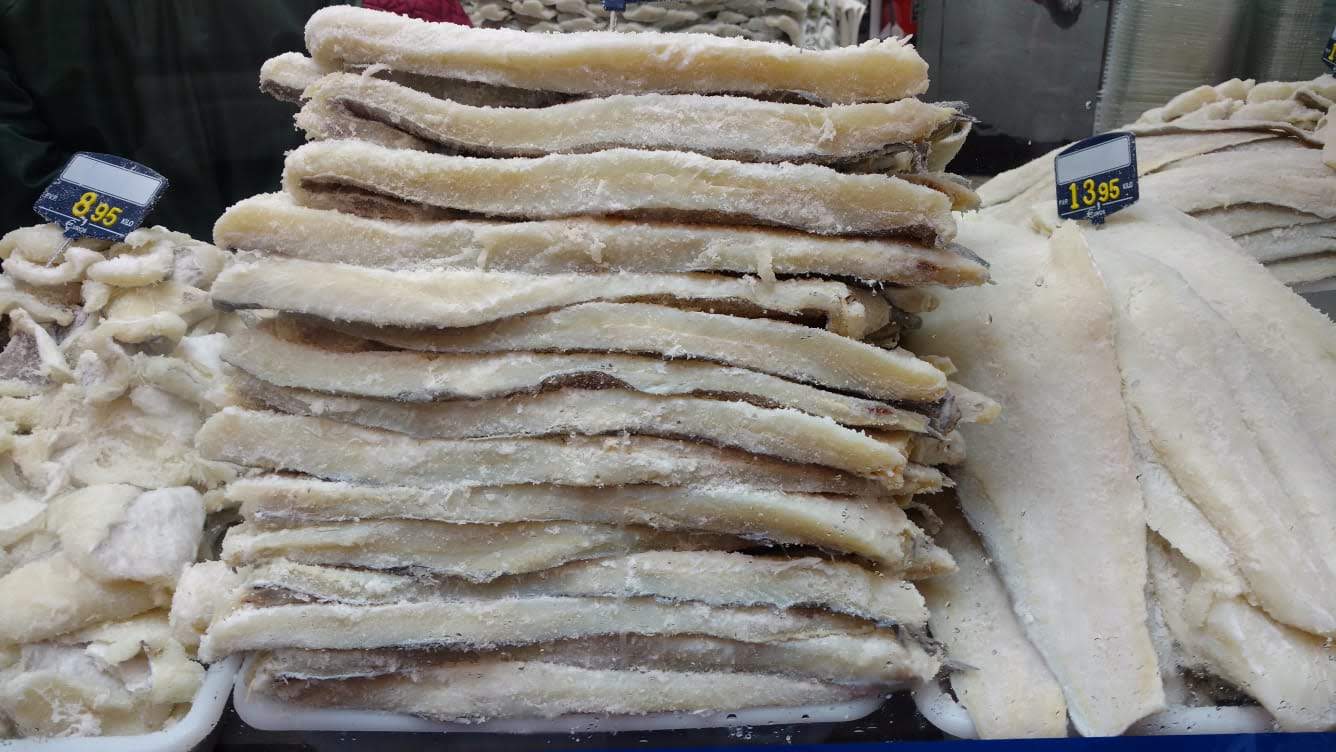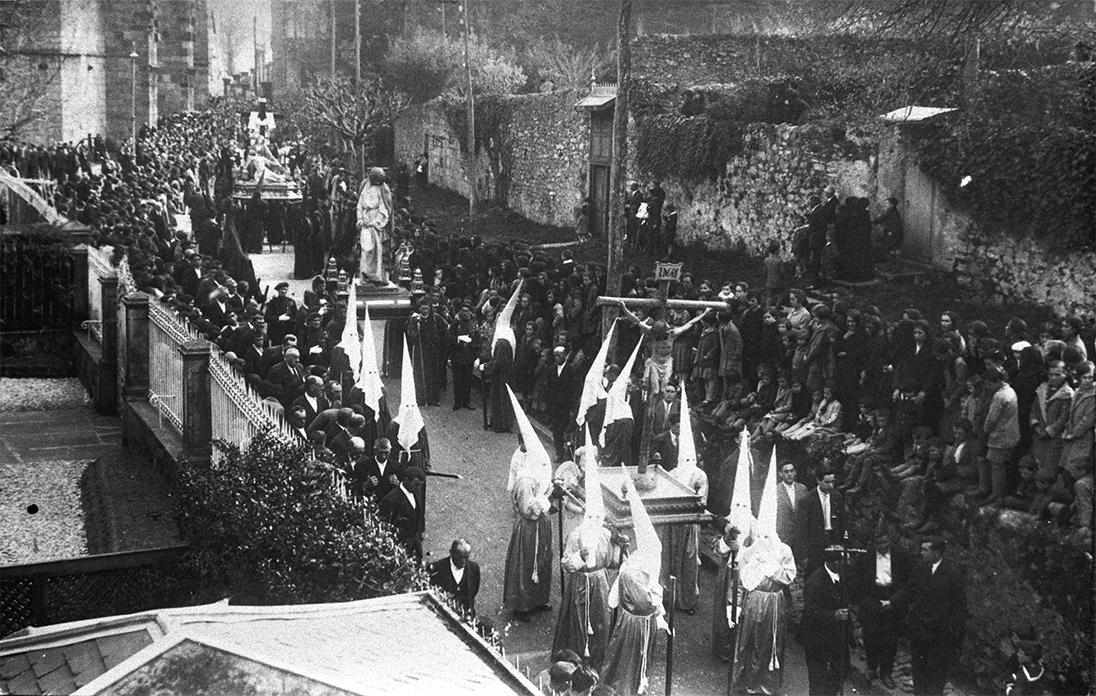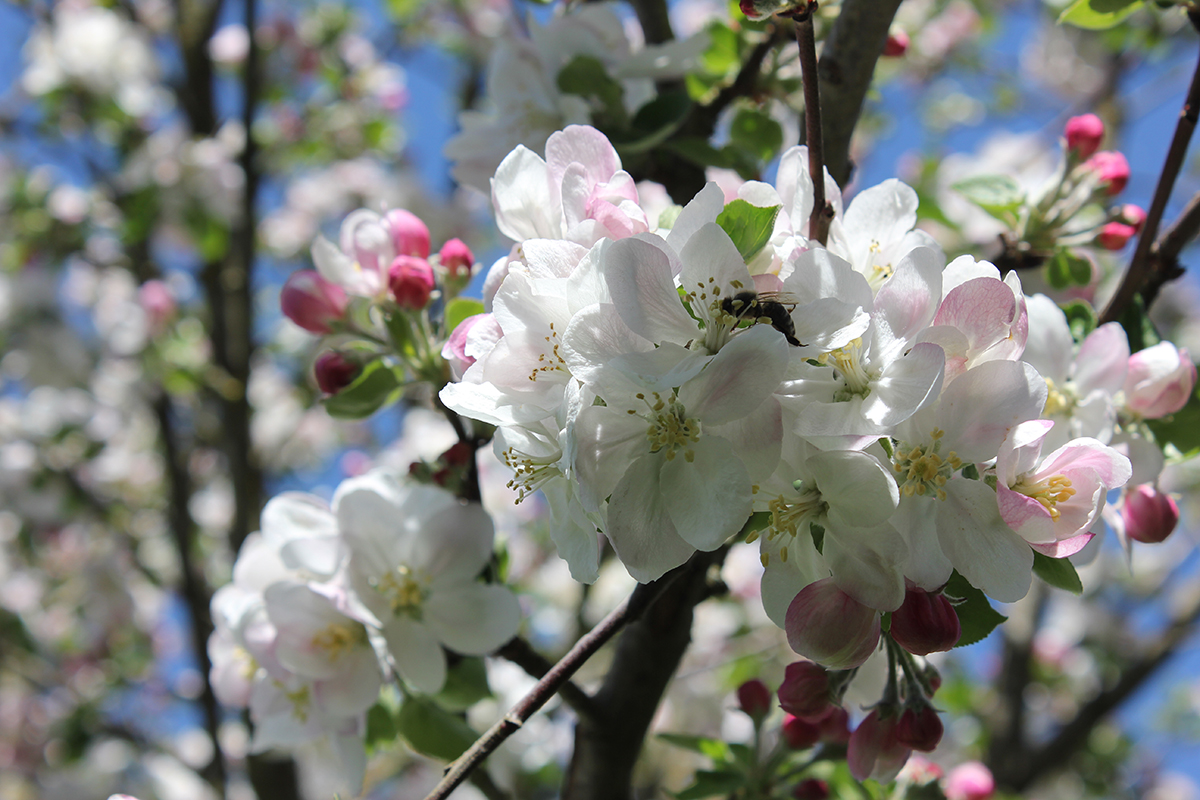Basque ethnography at a glance

Artoak. Labayru Fundazioa Photographic Archive.
Maize (artoa) would be sown in April, immediately after a winter crop of turnip, and harvested in October, right in time for wheat sowing. Seed from selected maize ears (artaburuak) was saved from one year to the next.
In former times seeds would be broadcast by hand and the soil harrowed in order to spread them evenly and cover them. Later on planters started to be used to lay seeds down in rows. Seedlings are to be thinned following germination, so the remaining plants have adequate space for growth. When maize plants are well up, bean seeds can be sown among them, because bean germinates rapidly and would otherwise take away the sunlight maize plants need to prosper. Maize was indeed traditionally, and still is, intercropped with beans, maize stalks serving as poles for the bean plants. Bean sowing was best done by a team of three: one dug the hole, another planted the seed, and a third one covered it. (more…)

Salt fish for sale. Joseba Erkoreka. Labayru Fundazioa Photographic Archive.
My mother was a good hand at cooking salt fish, makailaoa, in Bizkaia Basque. Or practice might make perfect. The fact is that we used to eat salt fish regularly, and it would be she who bought, desalted and cooked it.
The Vikings are said to be the first to preserve cod by drying and in their travels brought it with them. Over the centuries the harvest, processing and commercialization of cod became a lucrative business. The Basque fleet fished for cod twice a year in waters off Newfoundland, some reaching as far as Greenland and North America. Hundreds of tons of cod were caught, beheaded, gutted and salted onboard. Fish processing continued ashore, upon return, in the codfish-drying plants. (more…)

Holy Week of 1929 in Gernika-Lumo (Bizkaia). Archive of the Gernikazarra History Group.
Both solemn religious observances in the Christian liturgical calendar, Lent precedes and prepares for Easter, a moveable feast celebrated on the first Sunday after the first full moon following the northern spring equinox.
The Lenten season begins on Ash Wednesday, immediately after Carnival, and commemorates the forty days of retreat and fasting which Jesus spent in the desert previous to his earthly ministry. Churchgoers, albeit far fewer than before, take advantage of this time to participate in spiritual practices at parish churches or spiritual centres. (more…)

Fruit tree in full bloom. Luis Manuel Peña. Labayru Fundazioa Photographic Archive.
Just as a house was not a home unless it contained a hearth, blood was regarded as the very essence of life and health for people and farm animals alike. Indeed, there is an old saying that ‘a house without fire is like a body without blood’, its documented Basque equivalent being su bako etxea, gorputz odolbagea.
Blood also refers to emotions and temperament, especially when passionate. Thus, for instance, we say that someone who annoys us ‘makes our blood boil’, odolak irakiten deusku, or that someone ‘seems to have no blood in his veins’, odolbakoa da, to suggest that nothing upsets or moves him, or that he lacks passion and verve. There are plenty of similar expressions that we use, almost without realizing it, in everyday language. (more…)

